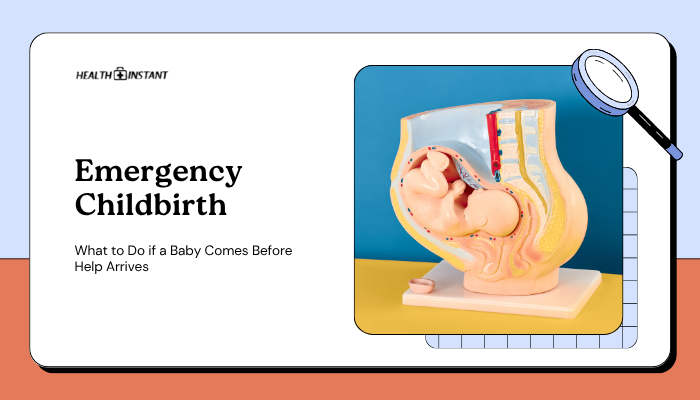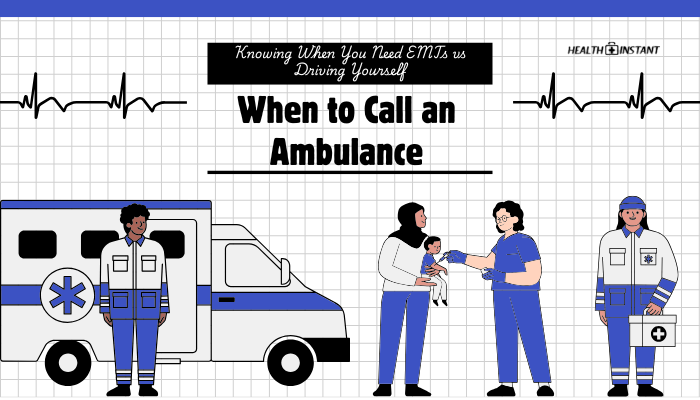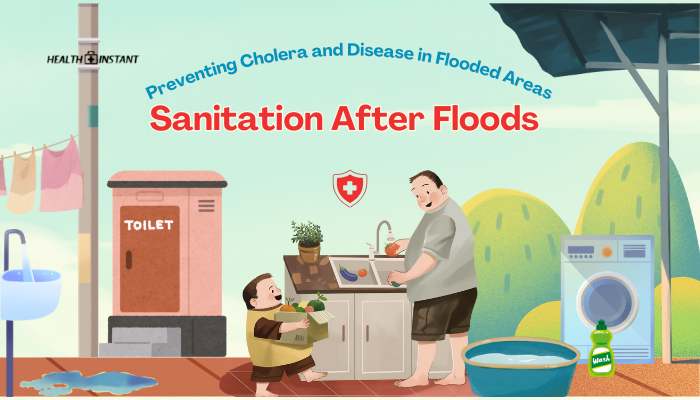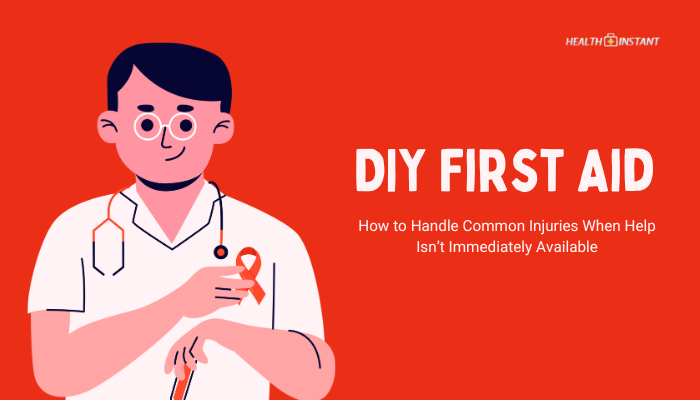Introduction
An unexpected childbirth away from medical facilities is rare but can happen—in a car, at home, or in remote locations. Although professional care is best, knowing the essentials of emergency delivery can help protect mother and newborn until paramedics or other trained personnel arrive.
This article outlines steps for handling an unplanned birth, from recognizing signs of active labor to basic newborn care immediately after delivery.
Signs of Imminent Delivery
Certain clues suggest that labor has advanced to a stage where delivery is close:
- Frequent, Intense Contractions: About every 2–3 minutes, lasting 45–60 seconds or more.
- Water Breaks: A sudden gush or continuous trickle of fluid (amniotic fluid).
- Urge to Push: The mother feels significant pressure in her pelvis, accompanied by an overwhelming need to bear down.
- Crowning: The baby’s head becomes visible at the vaginal opening.
If these signs appear quickly—and no healthcare facility is accessible—prepare for immediate childbirth.
Immediate Preparations
- Call Emergency Services
- Dial the local emergency number (e.g., 911) for guidance and ambulance dispatch.
- Put them on speakerphone if possible, so you can follow instructions hands-free.
- Dial the local emergency number (e.g., 911) for guidance and ambulance dispatch.
- Wash Hands and Gather Supplies
- Use soap or hand sanitizer to reduce infection risks.
- Collect clean towels, blankets, or sheets; protective gloves (if available); and a waterproof pad or plastic sheeting to contain fluids.
- Use soap or hand sanitizer to reduce infection risks.
- Position the Mother
- Find a stable, flat surface—like a bed, couch, or floor lined with towels.
- Encourage the mother to lie on her back with knees bent or use any posture she finds comfortable to push.
- Find a stable, flat surface—like a bed, couch, or floor lined with towels.
- Maintain Privacy and Calm
- Reassure the mother; anxiety can complicate labor.
- Ensure the area is as warm as possible to protect both mother and baby from temperature drops.
- Reassure the mother; anxiety can complicate labor.
Guiding the Delivery
- Encourage Controlled Breathing
- Help the mother focus on breathing through contractions.
- Between contractions, let her rest, sip water if possible.
- Help the mother focus on breathing through contractions.
- Support the Baby’s Head
- If the head emerges, gently place a hand underneath for support.
- Avoid pulling on the head or shoulders forcefully—let the body come naturally with contractions.
- If the head emerges, gently place a hand underneath for support.
- Guide, Do Not Pull
- Once the head is out, check if the umbilical cord is wrapped around the neck. If so, carefully loosen it or slip it over the baby’s head.
- The baby’s body often rotates spontaneously. Let nature lead, assisting only to prevent falls or sharp movements.
- Once the head is out, check if the umbilical cord is wrapped around the neck. If so, carefully loosen it or slip it over the baby’s head.
- Catch the Newborn
- The baby may be slippery—use a towel or cloth.
- Place the newborn gently on the mother’s abdomen or chest to maintain warmth and immediate contact.
- The baby may be slippery—use a towel or cloth.
Caring for the Newborn
- Clear the Airway
- Wipe the baby’s nose and mouth with a clean cloth if there’s fluid or mucus.
- If breathing is not initiated spontaneously, rub the baby’s back or soles of the feet gently to stimulate crying and respiration.
- Wipe the baby’s nose and mouth with a clean cloth if there’s fluid or mucus.
- Dry and Warm
- Pat the baby dry and wrap in a clean, warm towel or blanket.
- Maintain skin-to-skin contact with the mother if possible—this helps regulate the baby’s temperature and promotes bonding.
- Pat the baby dry and wrap in a clean, warm towel or blanket.
- Check Breathing and Color
- A healthy newborn typically cries within seconds to minutes, turning pink.
- If the baby appears blue around the lips or is not breathing well, stimulate gently and ensure the airway is not obstructed.
- A healthy newborn typically cries within seconds to minutes, turning pink.
Delivering the Placenta
- Wait for Contractions
- The placenta typically follows 5–30 minutes after birth.
- Do not forcibly pull on the umbilical cord.
- The placenta typically follows 5–30 minutes after birth.
- Collection
- If the placenta emerges, gently support it out.
- Place it in a clean container or bag if medical staff needs to examine it.
- If the placenta emerges, gently support it out.
- Do Not Cut the Cord
- In an emergency setting, if you lack sterilized tools, it may be safest to leave the cord intact until help arrives.
- Follow paramedic instructions if you receive them by phone.
- In an emergency setting, if you lack sterilized tools, it may be safest to leave the cord intact until help arrives.
Post-Delivery Monitoring
- Massage the Uterus (If Trained): If you know how, a gentle uterine massage can help the uterus contract and reduce bleeding.
- Check Mother’s Bleeding: A certain amount of bleeding is normal, but watch for excessive flow or large clots.
- Keep Mother and Baby Warm: Use dry blankets or towels.
- Encourage Breastfeeding: If mother and baby are up to it, latching can stimulate uterine contractions and reduce postpartum bleeding.
When to Seek Professional Help
- Emergency Services
- If not already on the way, call once more if mother or baby shows signs of distress (heavy bleeding, difficulty breathing, or no signs of neonatal breathing).
- If not already on the way, call once more if mother or baby shows signs of distress (heavy bleeding, difficulty breathing, or no signs of neonatal breathing).
- Immediate Transport to Hospital
- Even in a seemingly normal delivery, medical evaluation is essential.
- The mother may need postpartum care (like stitches for tears), and the baby needs checks for vital signs, potential jaundice, or infection.
- Even in a seemingly normal delivery, medical evaluation is essential.
Conclusion
Unexpected childbirth can be daunting, but staying calm and following simple guidelines—providing a clean environment, supporting the delivery, and ensuring warmth and breathing—helps keep mother and baby safe. Always call emergency services as soon as possible, even if you feel you can handle the situation, because both mother and newborn require medical assessment afterward. With clear instructions, a bit of preparation, and steady nerves, bystanders can step in to manage a surprise delivery until trained professionals take over.
References
- American College of Obstetricians and Gynecologists (ACOG). (2021). Guidelines for emergency delivery.
- World Health Organization (WHO). (2020). Safe childbirth and newborn care guidelines.
- American Red Cross. (2019). Emergency childbirth factsheet.
- Mayo Clinic. (2022). Childbirth preparation and unexpected deliveries.
Disclaimer: This guide offers general information and is not a replacement for professional medical training or advice. Always seek or follow local emergency protocols for prenatal and postpartum care.







